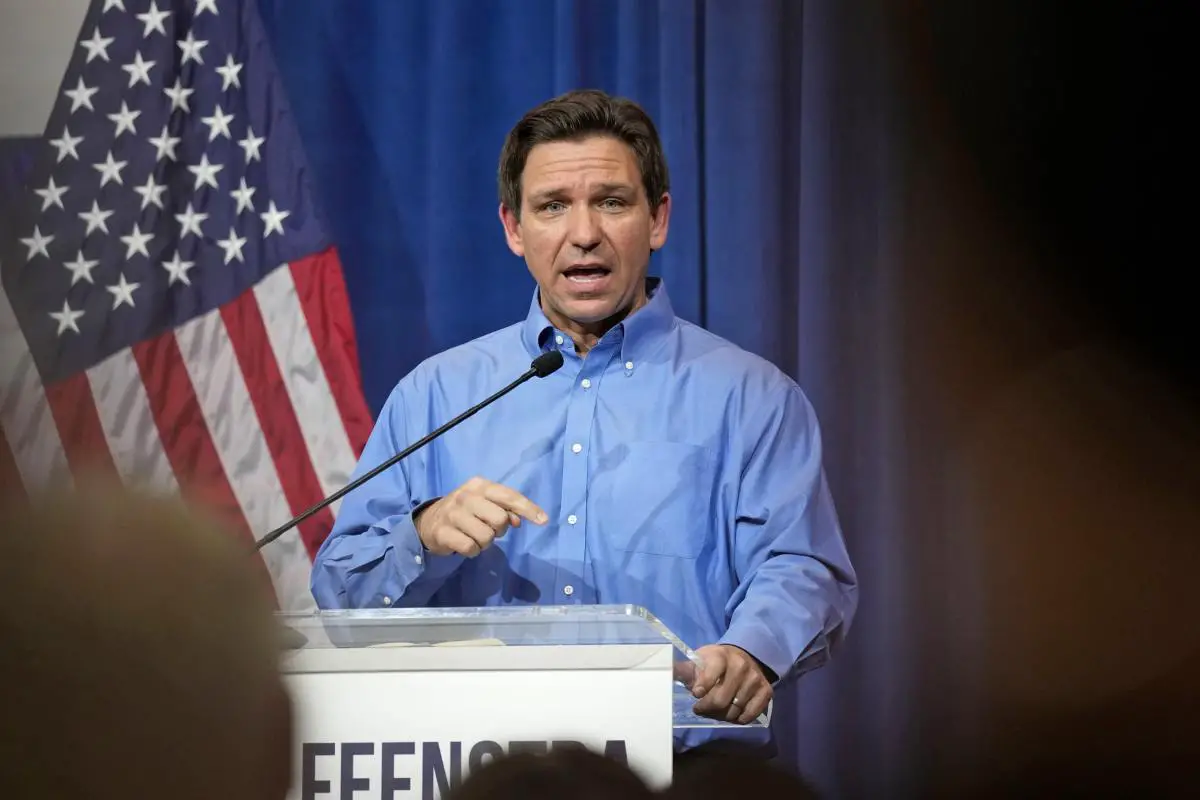The common wisdom is that Donald Trump is too far ahead for any competitor to catch up. The only candidate given a chance to compete is Ron DeSantis, but after an initial splash, he seems to be fading.
Meanwhile, the only other candidate who has any traction is Nikki Haley. While she is not directly attacking Trump, she is shooting around him, such as her ageist attack. And she has sniped at his policies, such as, “we shouldn’t be separating families,” at the border. Trump has ignored her, thinking she doesn’t have a chance, but if she does rise in the polls, Trump’s attacks on her could boomerang. In 2016, Trump attacked “Carly” Fiorina, calling her “horseface.”
He recently used the same term for Stormy Daniels, but after “Me Too,” it sounds much worse. If Trump tries attacking Haley on her appearance, things will not go well for him.
Mike Pence, as former vice president, would usually be a leading candidate. His problem is that he had to be Trump’s “Yes Man” for four years, and then went against him after losing the election—alienating both sides. Asa Hutchinson is offering a “good guy” alternative to Trump, while Chris Christie is the “tough guy,” who thinks he can knock off Trump, while giving voters a “strong man” to vote for. Christie doesn’t pull punches, such as calling Trump a “puppet of Putin.”
But at this point, only DeSantis seems to have a serious following—as Trump “without the baggage.” And he seems to have power in the early primary states.
“Everyone knows the majority of the Republican Party wants to move on,” said Generra Peck, DeSantis’ gubernatorial campaign manager and closest aide. . . There’s one other factor that has DeSantis’ advisers convinced that they remain well-positioned: Trump’s eagerness to kill their campaign in the crib. . . .
They surveyed three kickoff states — Iowa, New Hampshire and South Carolina — in the days after Trump was indicted in Manhattan last month. This was as Trump was getting his national polling bump and after months of the former president’s attacks on DeSantis. The governor still enjoyed a higher net favorability than Trump among likely Republican voters in all three states, according to the research, a sign that the GOP electorate remains very much open to his candidacy. . . .
In Iowa, but 24 percent of Republicans there have an unfavorable view of Trump while only 14 percent of Iowa Republicans feel unfavorably toward DeSantis. . .Trump’s unpopularity was even higher in New Hampshire, where independents can participate in either party’s primary, and in South Carolina. . . .
“I know this from all my conversations around the country in the last six months: the major donor network has walked [from Trump], they’re looking for new leadership, and 85 percent of them are waiting for DeSantis,” [Texas-based bundler Roy] Bailey told me.
It’s also important to remember that winning with Trump’s base and winning in the general election are two very different things.
Robert Blizzard, a pollster [at Public Opinion Strategies], shared a series of general election statewide surveys in four blue-leaning states, Colorado, Minnesota, New Mexico and Virginia, showing DeSantis is either tied with or narrowly trails President Biden in each state. And, as you probably guessed, Trump fares worse in head-to-head trial heats against Biden in each of the states.
Aside from Trump fatigue, DeSantis has an interesting technical strategy.
“There have been multiple conversations about delegates and how they are picked in various states across the country,” a DeSantis adviser said. “One thing that we have looked at is that Trump can be beat on the delegate portion of all this. He has never been good at that.”. . .
Some of the states DeSantis has visited, like California and New York, both of which have become specific focuses for the campaign’s early efforts, are home to big donors and delegate hauls. Others, like Georgia and Pennsylvania, also have the benefit of being general election battlegrounds.
“If you’re somebody like me who believes there’s the possibility that 2024 has the makings for a convention-decided nomination, with candidates each having several constituencies and several levels of regional support, it makes sense to be campaigning — or all but campaigning in the case of Ron DeSantis — in these big blue states or these big purple states,” said Dennis Lennox, a GOP consultant in Michigan, where DeSantis has two stops scheduled Thursday.
You won’t hear DeSantis make a direct attack on Trump. He sees Trump as a loser, so why bother? All that matters is the number of delegates. That’s why DeSantis is visiting States he couldn’t possibly win in November. But they are big at the Convention.
For instance, in 2016, deep-blue California had 172 delegates, New York had 89, Illinois had 54, Michigan had 59, and New Jersey had 51. The GOP candidate won’t win in November there, but they had 425 delegates. And although it seems weird that DeSantis would waste time in these five blue states, there’s a method to the madness.
A Republican is likely to win in 12 deep-red Wyoming (29), Alaska (28), North Dakota (28), Montana (27), West Virginia (34), Idaho (32), Nebraska (36), Mississippi (40), Arkansas (40), Utah (40), Missouri (40), and Alabama (50). Their delegate total was only 424.
We used 2016 because that was the easiest to find, but the ratios are probably about the same now. The bottom line is that Trump could grab delegates from the ultra-conservative states, and still lose, if DeSantis wins big in the big States—that won’t vote for the GOP in the fall, anyway. It’s an interesting strategy.
Donate Now to Support Election Central
- Help defend independent journalism
- Directly support this website and our efforts
